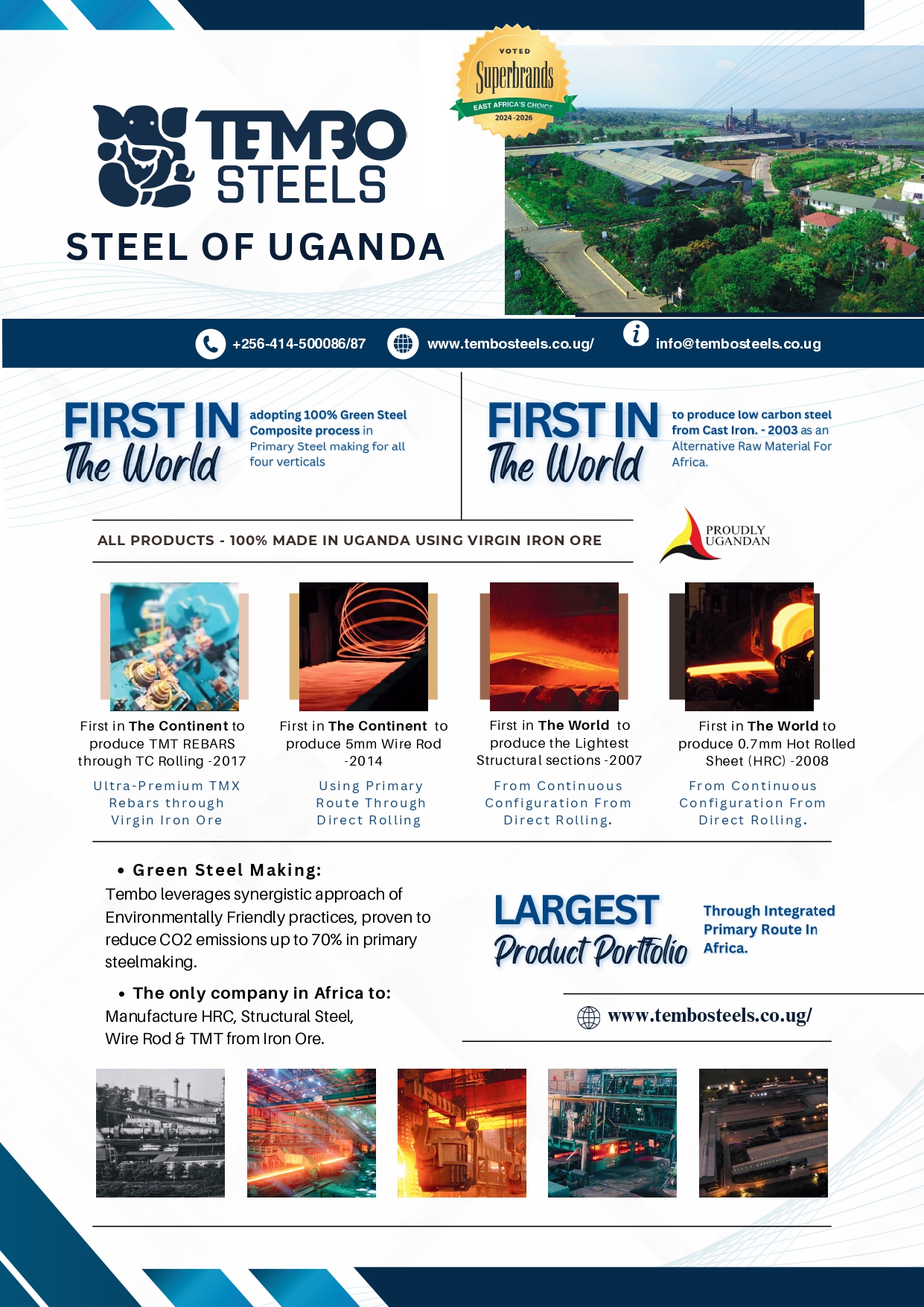Procurement as a Strategic Function Unlocks Its Full Value
By Kenneth Kawuki
The evolution of the procurement function from a peripheral role to a more strategic one is helping unlock its full value in companies and organizations. It is key to note that the procurement function in companies accounts for about 60% of the approved organizational budgets.
Previously, the procurement function primarily revolved around negotiating the lowest price for goods and services. This process often began with budgeting and planning, an order from a department to source specific items and ended with the delivery of the goods or service. In between, there were bid invitations, bid assessments, and eventual communication of the winning bids then contract sign-off.
It was largely mechanical and transactional, often characterized by confrontation, where sometimes not all parties felt they had received a fair deal.
As business competition evolved, driven by the need to deliver and extract maximum value across the value chain, the procurement function’s importance was undeniable and needed a rethink.
At PostBank Uganda (PBU), we aligned our procurement process with the bank’s purpose of Fostering Prosperity for Ugandans. As a result, processes have become more collaborative and less transactional, focused on value-based decisions with an eye to long-term benefits for the parties (PBU and its suppliers) involved in the procurement process.
For instance, the decision to procure software for a given department will start with consultation with the relevant team to ensure it aligns with the company’s strategic objectives. After thorough verification and assessment, we then collaborate with suppliers to deliver the required goods or service.
This approach helps minimize complaints, which were common in the past when the procurement function was sometimes accused of forcing unsuitable items on departments that ticked budgetary objectives.
As mentioned above, interactions with suppliers have become less confrontational. It is no longer about the buyer pressuring suppliers to quote the lowest price. While price is still a key determinant, other intangibles like after-sale service and strategic fit have become key. Therefore, it is not necessarily that the lowest price bidder is the most responsive but rather the bidder who offers value optimization over the medium to long term.
- Advertisement -


